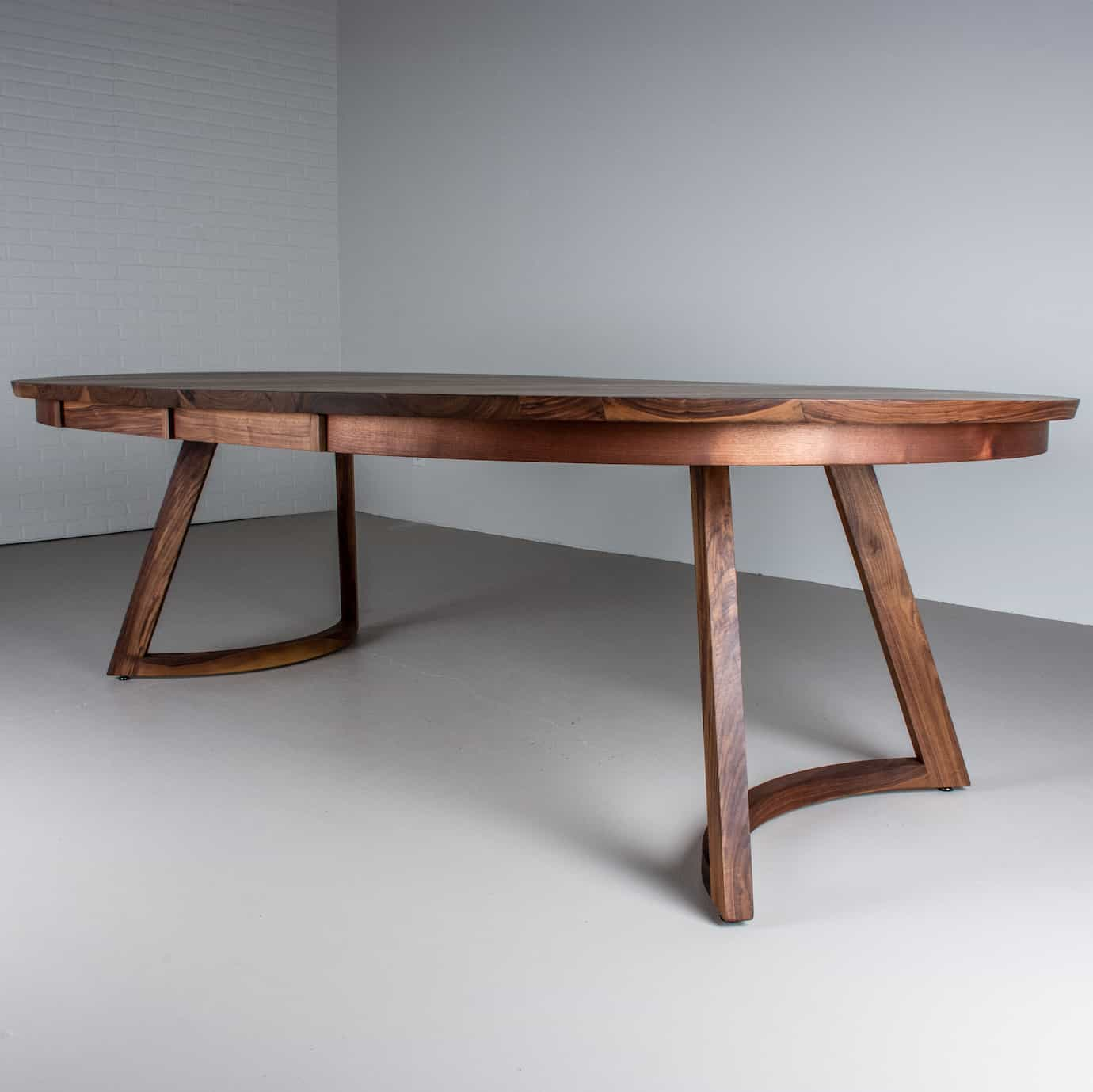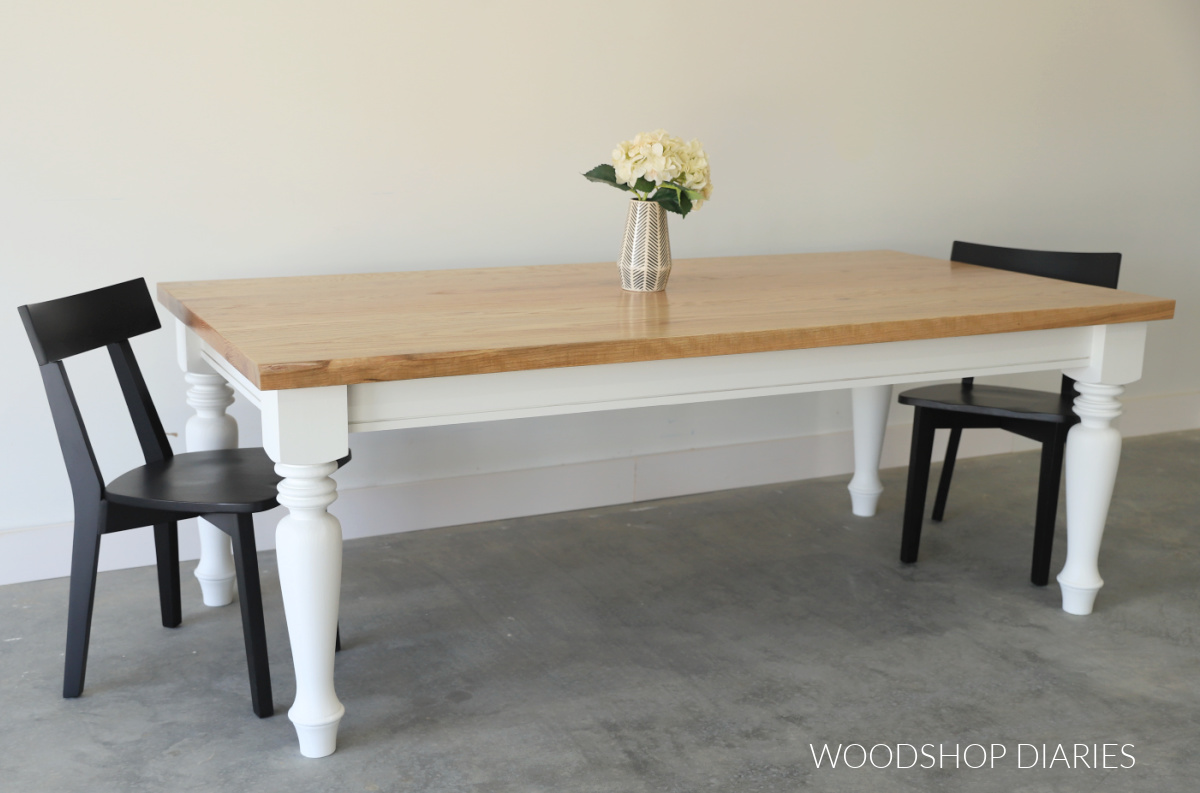Explore Artisan-Made Dining Table Legs Wood for a Customized Complete
Explore Artisan-Made Dining Table Legs Wood for a Customized Complete
Blog Article
Vital Considerations for Choosing the Right Eating Table Legs Timber
Picking the appropriate wood for eating table legs entails a nuanced understanding of numerous variables that affect both functionality and aesthetic allure. The choice of timber type, ranging from robust hardwoods to a lot more fragile softwoods, plays a critical duty in guaranteeing durability and stability. Each of these aspects can considerably impact the general experience of your dining room.
Relevance of Wood Type

Hardwoods, such as maple, walnut, and oak, are usually preferred for their toughness and resistance to use. These kinds of wood supply a durable structure that can stand up to day-to-day use, making them perfect for dining tables that experience constant gatherings. In comparison, softer timbers like want might be much more susceptible to scratches and damages, which might not be excellent for high-traffic areas.
Furthermore, the option of wood can additionally impact the simplicity of maintenance. Some woods need regular oiling or sealing to maintain their appearance, while others may be more flexible. Ultimately, picking the proper timber kind entails stabilizing visual considerations with sensible demands, making sure that the table legs not just look attractive but also stand the test of time.
Evaluating Security and Toughness
When examining table legs, one need to think about the stability and strength they supply to the total framework. The legs are critical in sustaining the tabletop and making sure the eating experience is delightful and risk-free. A steady table is essential for avoiding tottering or tipping, which can lead to spills or mishaps during meals.
The selection of timber kind significantly influences toughness. Hardwoods such as maple, oak, and walnut are usually more sturdy and robust than softwoods like yearn or fir. In addition, the thickness and layout of the legs play an essential function; thicker legs or those with a tapered style can provide far better assistance and security.

Aesthetic Factors To Consider
While performance is vital, the aesthetic allure of table legs can not be ignored, as they substantially affect the overall style and ambiance of the dining area. The option of timber, design, and surface can enhance or detract from the table's visual effect.

Surfaces additionally play a critical function in looks. An all-natural coating can highlight the wood's innate appeal, while painted or stained legs can introduce shade and personality right into the room. In addition, the percentage and scale of the legs family member to the table top and bordering furnishings needs to be taken into consideration to guarantee aesthetic balance and cohesion.
Eventually, the dining Click Here table legs ought to not just serve a useful objective however likewise add to a cohesive and inviting atmosphere, making them a crucial consideration in the overall style of the eating area.
Upkeep Demands
To guarantee longevity and maintain the elegance of wooden table legs, normal upkeep is necessary (Dining Table Legs Wood). Wood is an all-natural material that can be vulnerable to damage from wetness, heat, and wear. Developing a routine treatment strategy will substantially boost the sturdiness of your dining table legs.
Begin with normal cleaning utilizing a soft, lint-free towel to eliminate dirt and debris that can scrape the surface. For more thorough cleaning, use a light soap option and damp towel, staying clear of excess moisture that could seep right into the timber. It is suggested to apply a high-grade wood gloss or conditioner every couple of months to nourish the timber and keep its appeal.
Address any kind of scratches or damages quickly with suitable wood filler or touch-up pens to prevent additional deterioration. By sticking to these maintenance needs, you will certainly not only maintain the aesthetic allure of your wooden dining table legs but additionally prolong their practical life expectancy.
Budget and Expense Factors
Spending plan and price elements frequently play an important duty in the decision-making process for picking wood table legs. When examining alternatives, it is important to develop a clear budget plan that lines up with your total furnishings financial investment. The cost of wood dining table legs can vary dramatically based on his explanation the sort of layout, wood, and craftsmanship complexity.
Hardwoods such as cherry, oak, and walnut usually regulate greater prices as a result of their durability and visual allure. In comparison, softer timbers like ache might be more budget friendly yet may not offer the very same longevity. Furthermore, custom-made or artisan-crafted legs can incur extra expenses, reflecting the skill and time bought their creation.
It is also important to take into consideration the possible long-lasting value of your investment. While choosing lower-cost materials could seem monetarily sensible at first, they may call for more regular replacement or repair work, inevitably increasing total expense.
For that reason, balancing quality and cost is crucial. Focus on products that satisfy your aesthetic choices while guaranteeing they fit easily within your spending plan, enabling you to create a dining location that is both functional and visually enticing.
Conclusion
Finally, choosing the proper timber for dining table legs necessitates careful consideration of various elements, including timber type, security, visual appeals, maintenance, and budget plan. Woods such as oak and walnut offer exceptional resilience and toughness, while layout and thickness add to overall stability. Aesthetic allure and upkeep needs have to line up with individual choices and way of living. Inevitably, a knowledgeable choice will enhance the long life and aesthetic charm of the table, making certain satisfaction and capability for several years to come.
Selecting the right type of timber for eating table legs is crucial for both visual allure and architectural stability. Ultimately, choosing the appropriate timber kind involves balancing visual considerations with useful requirements, guaranteeing that the eating table legs not only look attractive yet additionally stand the examination of time.
It is suggested to use a top notch wood polish or conditioner every couple of months to nurture the wood and keep its gloss.
The cost of wooden dining table legs Our site can differ dramatically based on the type of style, wood, and craftsmanship intricacy.
In conclusion, selecting the ideal timber for eating table legs demands careful factor to consider of various variables, including timber kind, stability, looks, maintenance, and budget plan.
Report this page